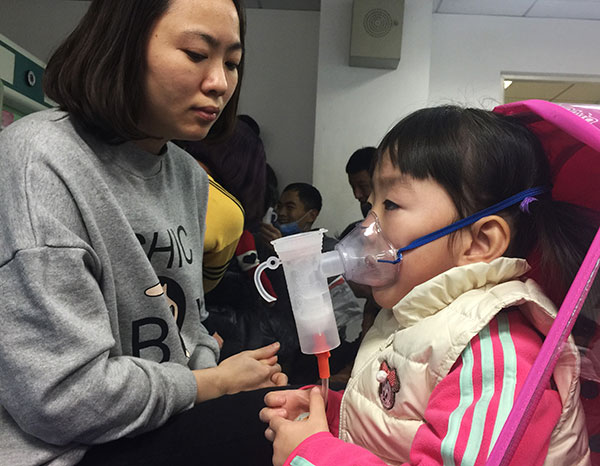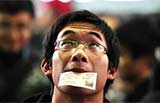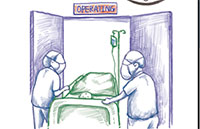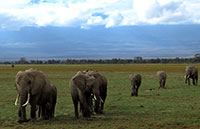Red alert helps to reduce pollutants, say experts
By ZHENG JINRAN (China Daily) Updated: 2015-12-10 07:35
Beijing's first smog red alert has helped to prevent air pollution from worsening, environmental experts said on Wednesday.
The capital has been on red alert since Tuesday morning, and the warning is due to be lifted at noon on Thursday.
The alert helped to cut concentrations of PM2.5 by 10 percent on Tuesday, said Cheng Shuiyuan, head of the College of Environmental and Energy Engineering at Beijing University of Technology.
His team has been carrying out a simulation experiment to assess the effects of the emergency measures taken by the government in response to the red alert.
The China Research Academy of Environmental Sciences, under the Ministry of Environmental Protection, also conducted real-time analysis on sources of air pollutants for the first time.
Chai Fahe, deputy head of the academy, said the amount of nitrates-a main pollutant from vehicle exhaust-was halved on Tuesday thanks to the red alert.
He said this showed that restrictions on the number of vehicles allowed on the roads had worked, adding that other efforts such as reducing coal consumption have also helped to reduce emissions. Under the red alert, vehicles are allowed on the roads on alternate days based on odd and even license plate numbers.
Other measures taken include shutting down industrial operations and closing schools and kindergartens.
- Psychiatrist links smog, depression
- Weather a bonanza for taxi services
- Lawyer: Top court OKs death sentence in poisoning case
- Power for ministries to be clarified
- Red alert helps to reduce pollutants, say experts
- Elderly people snapping up dance products online
- Aging population could shrink workforce by 10% in China
- Severe smog brings mask panic buying
- Foreign economists advise on blueprint for next five years
- Online searches spike for masks, purifiers, condoms and sportswear








